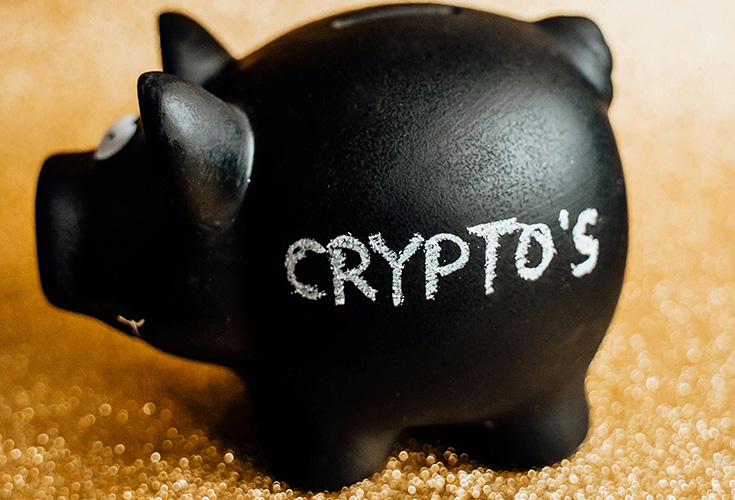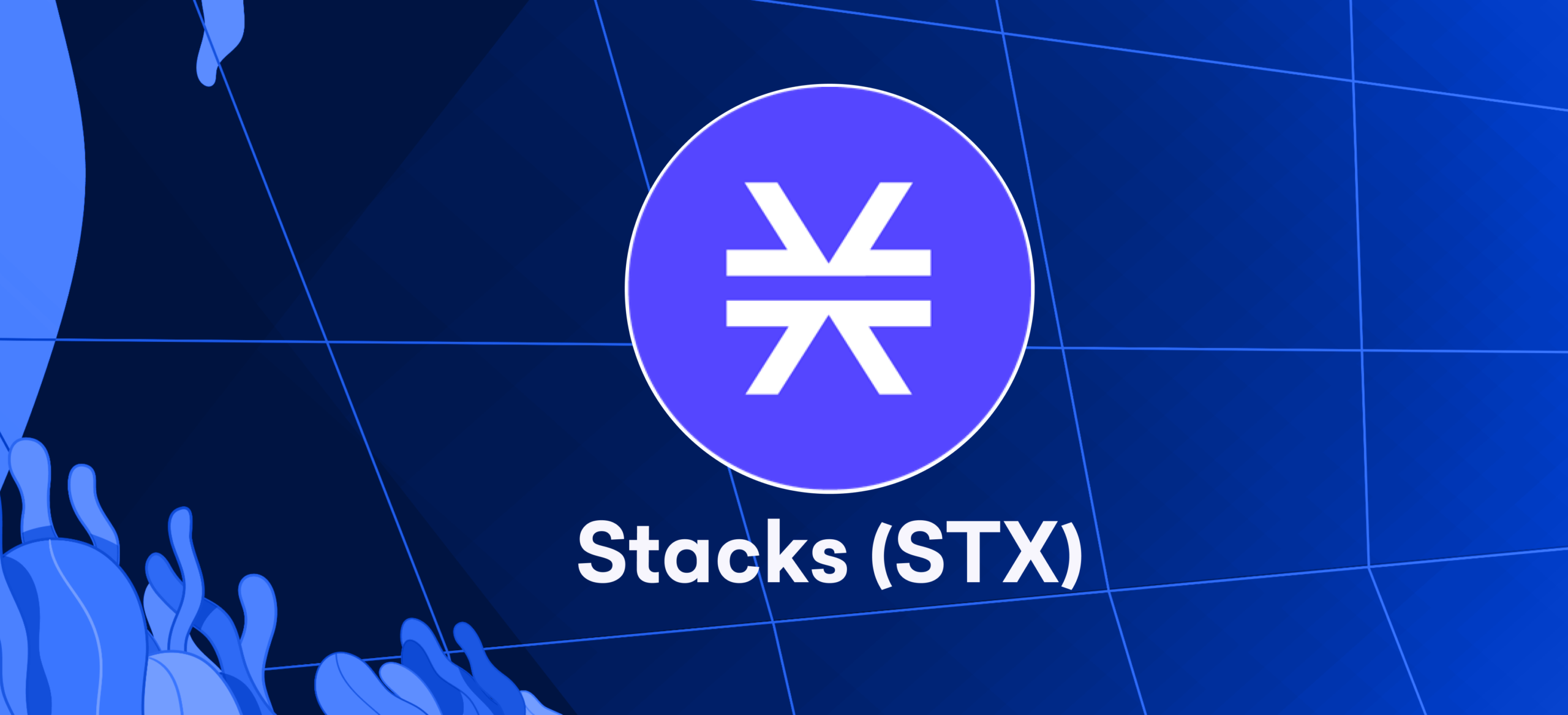
Shiba Inu, a meme coin known in the crypto space, features the Japanese-bred hunting dog as its mascot. Shiba Inu is often compared to Dogecoin, with claims from proponents that it has the potential to surpass Dogecoin’s popularity.
In August 2020, an individual or group known as Ryoshi introduced the meme coin, Shiba Inu. It was launched with a total of 1 quadrillion coins (equivalent to 1,000 trillion). Since then, this entity has been striving to burn these coins in an effort to increase their value within the cryptocurrency market.
What Is Crypto Token Burning?
The process of “burning” crypto involves permanently removing a specific amount of tokens or coins from circulation. To achieve this, the tokens are sent to a designated “burn address” where they become inaccessible and cannot be used further. This effectively decreases the overall supply of the token. For those who are unfamiliar with the concept, a burn address refers to a wallet address that lacks a known private key, and it is not owned or accessible by anyone.
Why Are Tokens Burned?
Cryptocurrency projects engage in the seemingly counterintuitive act of destroying their tokens for several reasons:
- Scarcity Creation: Burning tokens decreases the number of available tokens, increasing their rarity.
- Inflation Control: Helps maintain a stable and predictable inflation rate within the cryptocurrency ecosystem.
- Increased Demand: Can drive up demand for the remaining tokens, potentially increasing their value.
How Does SHIB Burn Work?
The mechanism for burning SHIB tokens, known as the Shiba Inu burn, involves eliminating these tokens from circulation. This is accomplished through manual burns and an automatic mechanism seamlessly integrated into the Shibarium network, which serves as Shiba Inu’s blockchain.
- Manual Burns: Intentional removal of tokens by sending them to a designated “burn address.”
- Automatic Burns: A more comprehensive process tied directly to the network’s transactions, utilizing a percentage of the transaction fee’s base gas fee for burning SHIB tokens.
Why Are SHIB Tokens Burned?
Shiba Inu coin burning is crucial in achieving scarcity amidst the vast number of SHIB tokens in circulation. By burning more tokens, the supply gradually decreases, theoretically increasing the value of the remaining tokens. This can attract additional investors and speculators, further fueling demand for SHIB.
Shiba Inu Token Burn Mechanism
Unlike many protocols, SHIB tokens do not have a formal mechanism for burning. The burn rate of Shiba Inu is entirely driven by the community, leading to creative methods for token holders to burn tokens without sacrificing their own, such as merchandising, games, music, YouTube, and advertising.
What Is Shiba Inu Burn Schedule?
There is no set schedule for burning tokens on Shiba Inu. However, the Shiba Inu burn portal was introduced in April 2022, enabling holders of SHIB to burn their tokens and earn burn rewards. Before the portal’s introduction, the burn rate was already significant, with 6 billion SHIB burned in March 2023 and 10 billion in April 2023.
How Much SHIB Has Been Burned?
Over 70 billion SHIB have been burned as of this writing, representing over 40% of the total SHIB supply. A significant portion of this burn was due to Ethereum co-founder Vitalik Buterin, who burned 410.24 trillion SHIB in May 2021 and donated the remaining funds to Polygon co-founder Sandeep Nailwal’s India COVID-19 relief fund.
Where Do Burnt SHIBs Go?
The SHIB burn mechanism revolves around specific wallet addresses responsible for storing the burned tokens. These addresses are part of the Ethereum network and serve similar purposes for other tokens. The most frequently utilized burn addresses include ones used by Vitalik Buterin and the ShibaSwap listings.
What Is Shiba Inu Burn Rate?
The burn rate of the Shiba Inu determines the reduction in the circulation of SHIB tokens. A higher burn rate results in more tokens being destroyed, while a lower burn rate leads to fewer tokens being destroyed. Investors and traders closely monitor the burn rate of Shiba Inu as it significantly impacts their trading strategies.
What Is The SHIB Burn Tracker?
All SHIB burn transactions are transparent and can be tracked on the Ethereum blockchain. SHIB burn trackers like Shibburn and Shiba Burn Tracker provide real-time SHIB burn transaction records, including burn addresses, token amounts, and timestamps. Shibburn offers comprehensive information regarding the Shiba Inu supply, burn rate, and recent burn transactions. In contrast, the Shiba Burn Tracker provides visual representations of SHIB burn transactions from the last 30 days.
Does Burning SHIB Increase Value?
The burning mechanism of SHIB has significant implications for its holders. Primarily, the process of burning gradually reduces the total supply of SHIB, potentially increasing the value of the remaining tokens if demand remains constant or increases. Additionally, the SHIB token within the Layer 2 Shibarium network gains further value through its automated burning mechanism.
Tokenomics Of Shiba Inu
The initial supply of SHIB was set at one quadrillion tokens during its launch. In a unique strategic move, the creator, known as “Ryoshi,” distributed half of the tokens to Ethereum’s creator, Vitalik Buterin, while locking the remaining half on Uniswap. Shiba Inu’s tokenomics stands out due to its significant initial supply and periodic burning of tokens.
Shiba Inu’s Three-Token System
Shiba Inu’s ecosystem revolves around three tokens: SHIB, LEASH, and BONE, each fulfilling a distinct purpose within the ecosystem:
- SHIB: The foundational token of the ecosystem, often called the “Dogecoin Killer.”
- LEASH: Initially linked to Dogecoin’s price with a rebase feature, now with a limited supply of 107,646 tokens.
- BONE: Serves various purposes within the ShibaSwap platform.
What’s The Benefit Of Burning Shiba Inu?
Burning SHIB tokens can potentially increase the value of your holdings by reducing the supply. The more people participate in burning tokens, the faster the goal of increasing SHIB’s value can be achieved. Additionally, users can earn passive income through the Shiba Inu burning portal.
Final Words
Token burns play a critical role in Shiba Inu’s strategic approach by aiming to enhance the token’s value and stabilize its price. This mechanism establishes a dynamic burn system that closely correlates the Shiba Inu burn rate with network activity, thereby exerting a significant influence on the token’s future worth and its position within the broader cryptocurrency ecosystem. The trajectory of Shiba Inu is intricately tied to the level of engagement exhibited by its user base through this burn-rate connected framework.
For more details on recent SHIB burns, check out this related news article.








